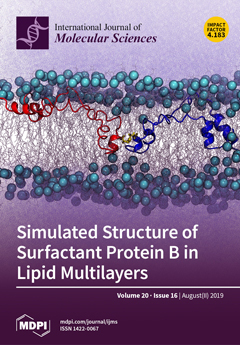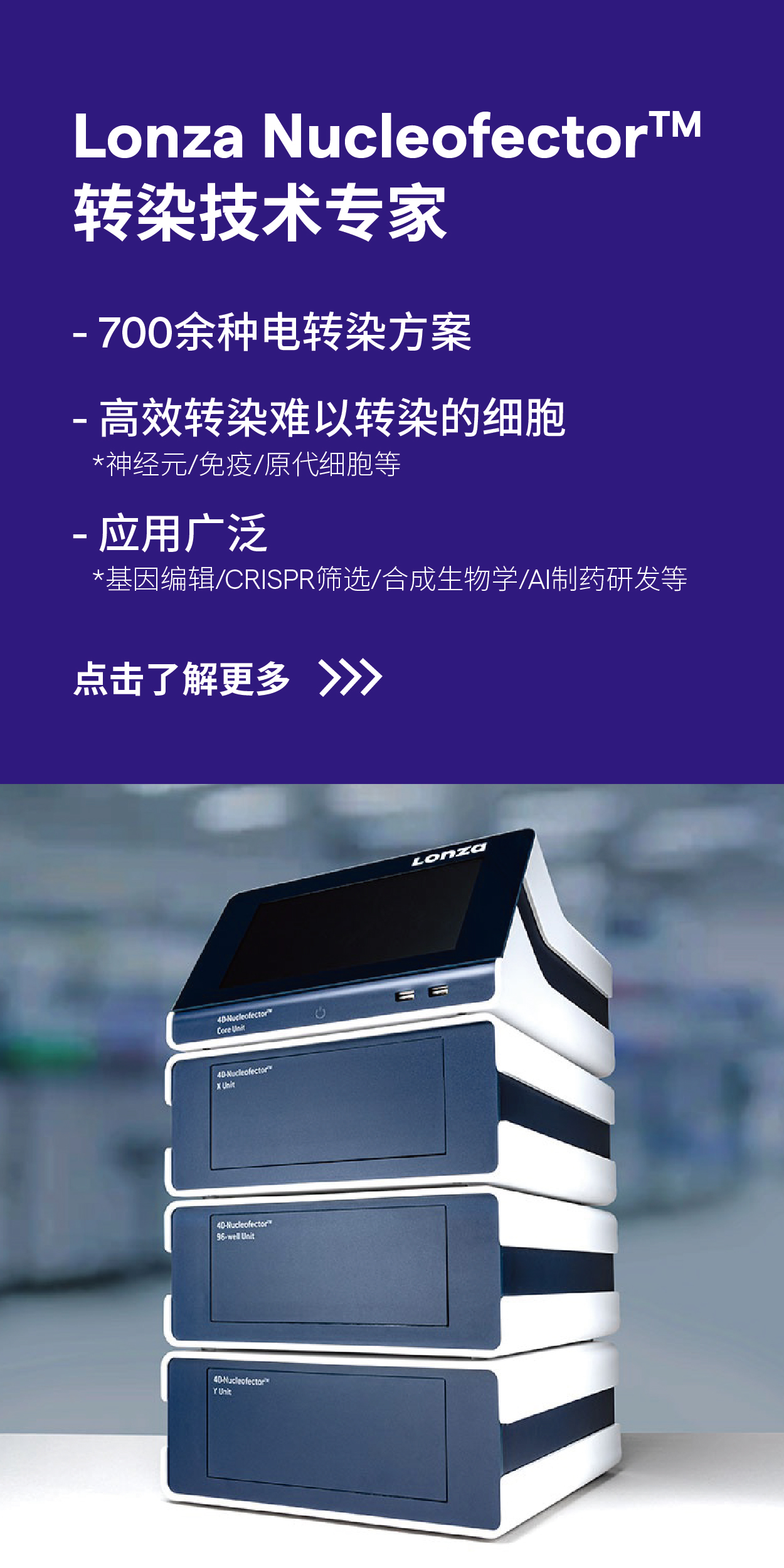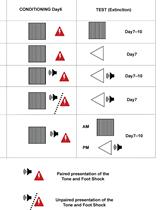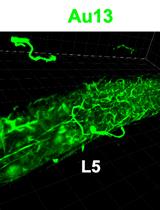- EN - English
- CN - 中文
Nestlet Shredding and Nest Building Tests to Assess Features of Psychiatric Disorders in Mice
巢破坏和筑巢测试评估小鼠精神障碍的特征
发布: 2020年12月20日第10卷第24期 DOI: 10.21769/BioProtoc.3863 浏览次数: 5144
评审: Arnau Busquets-GarciaBo LiangJordi Boix-i-Coll

相关实验方案
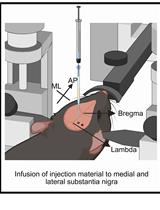
基于 rAAV-α-Syn 与 α-Syn 预成纤维共同构建的帕金森病一体化小鼠模型
Santhosh Kumar Subramanya [...] Poonam Thakur
2025年12月05日 1383 阅读
Abstract
Mimicking the various facets of human psychiatric and neurodevelopmental disorders in animal models is a challenging task. Nevertheless, mice have emerged as a widely used model system to study pathophysiology and treatment strategies for these diseases. However, the corresponding behavioral tests are often elaborate and require extensive experience in behavioral testing. Here, we present protocols for two simple assays, nest building and nestlet shredding, that can serve as a starting point for the behavioral phenotyping of mouse models with (potential) features of psychiatric disorders. Both tests have been reported previously and we extend prior descriptions by including adaptations and refinements derived from our practical experience, like the use of the home cage instead of a fresh cage for nestlet shredding. Summarized, we provide ready-to-use protocols for two behavioral assays that allow the generation of robust data with minimal time and cost expenditure and enable an initial assessment of features of psychiatric or neurodevelopmental disorders in mouse models of these diseases.
Keywords: Behavior (行为)Background
Due to the unmatched complexity of the human brain, it is difficult to model features of psychiatric and neurodevelopmental diseases using animal models. However, in spite of some limitations, in mice an impressive battery of tests targeting numerous individual aspects of these disorders has been developed in recent years (Seong et al., 2002; Ricceri et al., 2007; Sukoff Rizzo and Crawley, 2017). Many of these assays are now widely accepted as valid tools to study disease mechanisms or therapeutic approaches. Here, we demonstrate two simple tests, nestlet shredding and nest building, widely used to study potential features of psychiatric and, particularly, neurodevelopmental disorders that we have – among others – used recently to characterize the behavioral phenotype of mice with a genetically caused deficiency to synthesize ether lipids (Dorninger et al., 2019a) (cf. Figure 1). The latter are compounds performing a wide range of biological activities, ranging from structural maintenance of cellular membranes to signal transduction (Dorninger et al., 2017a; Dorninger et al., 2020), and are particularly important for correct functioning of the brain (Berger et al., 2016). Accordingly, ether lipid-deficient mice present with complex behavioral abnormalities including motor disturbances, hyperactivity and memory deficits as well as restricted social interaction and interest in novel objects (Dorninger et al., 2017b; Dorninger et al., 2019a; Dorninger et al., 2019b).
Both of the presented assays have several obvious advantages: They are low-cost experiments, by which a significant amount of data can be obtained in a relatively short time frame. Furthermore, they can be reliably performed by investigators with only modest experience in behavioral analysis. Both tests are hardly dependent on physical abilities of the animals, thus allowing the use of genetically modified mouse models with marked phenotypes. For example, we used mice with considerable developmental defects and visual impairments (the ether lipid-deficient Gnpat knockout (KO) mouse model) (Rodemer et al., 2003), which precluded the application of many behavioral tests. However, as demonstrated by their performance in the nest building assay (Dorninger et al., 2019a), the animals are perfectly capable to utilize nestlets. Certainly, the simplicity of the assays also comes with some caveats: Both tests provide only an initial estimation on potential features of neurodevelopmental disorders and should not be used isolated. Also, they do not yield numeric data that can be directly related to the extent of human disease. Instead, they need to be complemented by additional behavioral tests assessing similar features (Silverman et al., 2010) and, optimally, embedded in a battery of assays allowing a comprehensive description of the behavioral phenotype. Furthermore, results need to be interpreted with care: Excessive nestlet shredding is generally seen as an indicator of repetitive behavior, a symptom also seen in human autism spectrum disorders or obsessive-compulsive disorder (Angoa-Perez et al., 2013). On the contrary, reduced engagement in the task may be viewed as restricted interest in novel objects, another feature commonly associated with autism (Bernard et al., 2015; Dorninger et al., 2019a). We feel that both interpretations are valid but need to be considered in the context of other aspects of behavior of a certain mouse model. Nest building, in turn, can be indicative of general well-being, distress or pain (Jirkof, 2014). At the same time, impairments in this task could hint towards structural or functional deficits in the brain, as demonstrated by mouse models of brain injury or with genetic modifications (Lijam et al., 1997; Deacon et al., 2002; Sager et al., 2010).
Our procedures for both tests are based on the previous protocols (Deacon, 2006; Angoa-Perez et al., 2013; Neely et al., 2019) that we have slightly modified. Furthermore, we provide more detailed descriptions of the testing protocols, including novel recommendations on the testing environment and extended illustration of the procedures and results, and share our experiences in test execution and analysis.
Materials and Reagents
Cotton fiber nestlets (Ancare; product no. NES3600 ; 1 per mouse and behavioral test)
Labeled plastic bags for storage of used nestlets
Animals
There is no restriction concerning the mouse strain to be used for the current protocols. The presented data were generated using animals on an outbred C57BL/6 x CD1 background carrying a targeted inactivation of the Gnpat gene (Gnpattm1Just, MGI: 2670462 ; Rodemer et al., 2003) and their wild type littermates.
Equipment
Common laboratory balance (minimum accuracy: 0.1 g)
Clean mouse cages with fresh bedding (as conventionally used by your animal facility)
Standard camera
Timer
Forceps
Glass or plexiglass plate; dimensions depending on the size of the cage used for testing (the plate should be large enough to replace the cage lid)
Software
Standard statistics software: Prism (GraphPad; version 6 or higher), Sigma Plot (Systat; version 11.0 or higher) or similar
Optional: Video tracking software (e.g., VideoTrack, ViewPoint or similar)
Procedure
文章信息
版权信息
© 2020 The Authors; exclusive licensee Bio-protocol LLC.
如何引用
Dorninger, F., Zeitler, G. and Berger, J. (2020). Nestlet Shredding and Nest Building Tests to Assess Features of Psychiatric Disorders in Mice. Bio-protocol 10(24): e3863. DOI: 10.21769/BioProtoc.3863.
分类
神经科学 > 神经系统疾病 > 动物模型
您对这篇实验方法有问题吗?
在此处发布您的问题,我们将邀请本文作者来回答。同时,我们会将您的问题发布到Bio-protocol Exchange,以便寻求社区成员的帮助。
Share
Bluesky
X
Copy link



